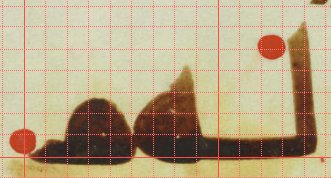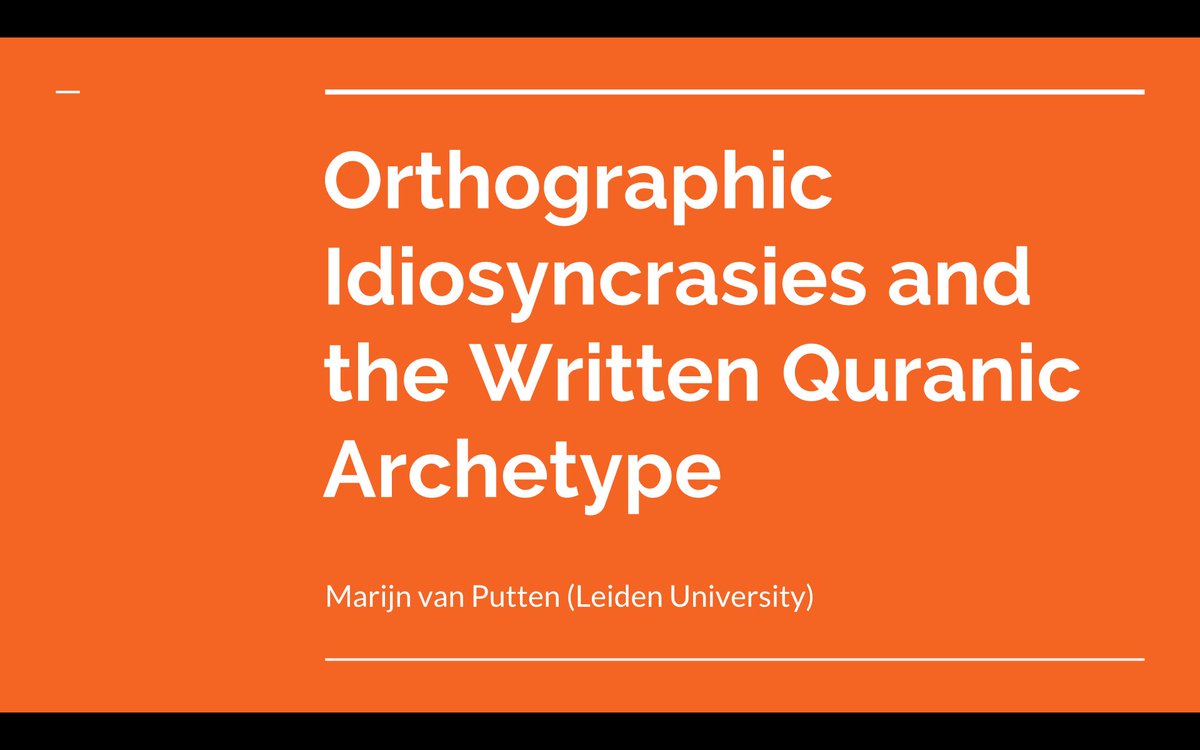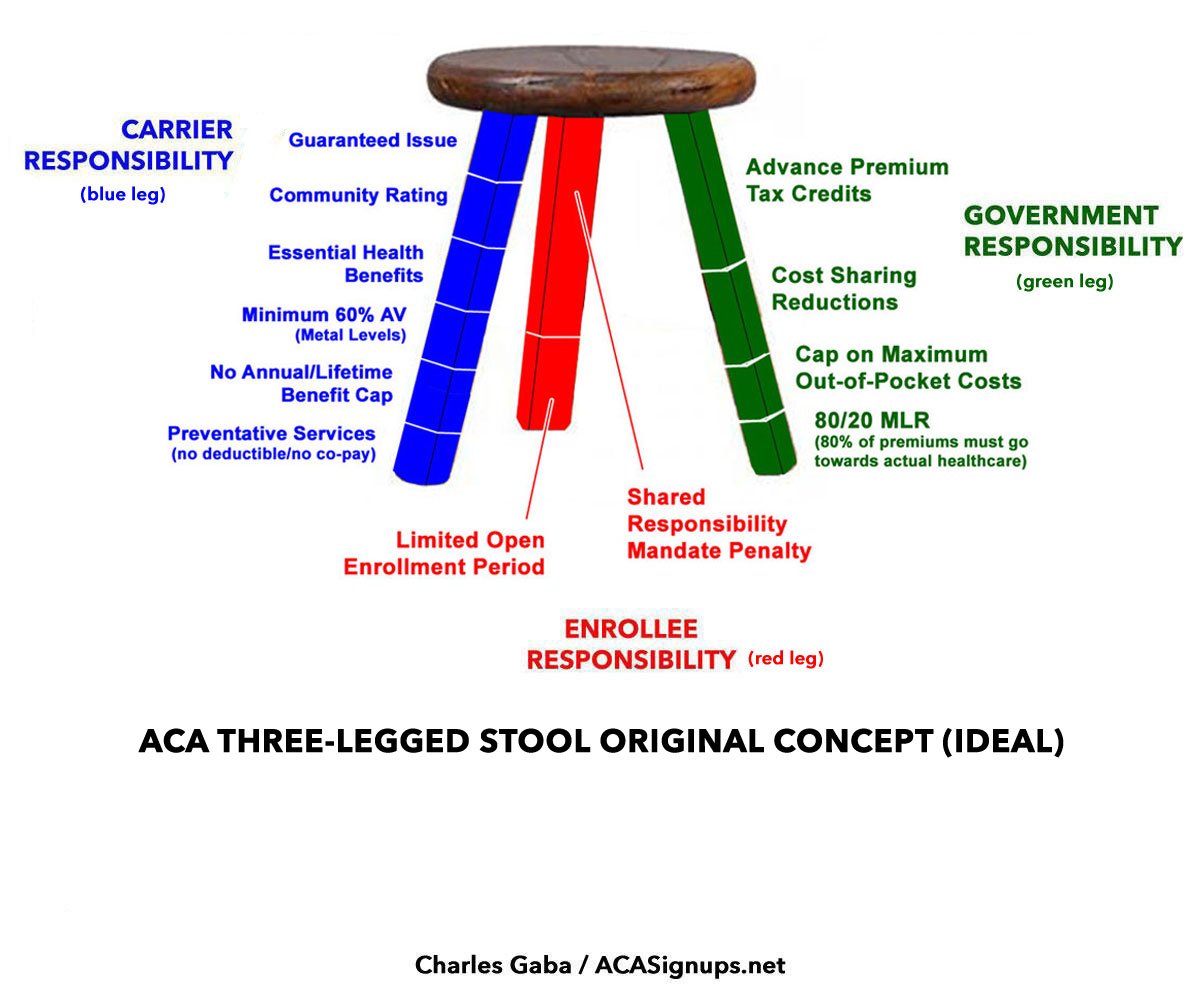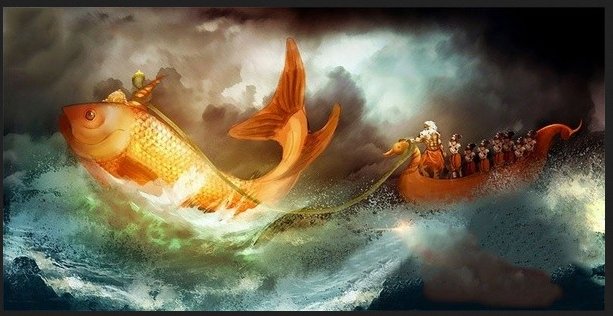academia.edu/2643185/The_Ge…
academia.edu/2643183/The_Ge…
Can you figure out even more rules that govern the style of the Amajur Quran? Try it for yourself; The document is beautifully digitized.
cudl.lib.cam.ac.uk/view/MS-ADD-01…
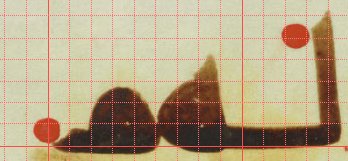

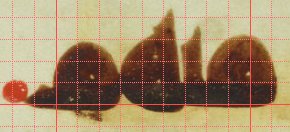
But, while I was looking into this, I started to wonder: How detailed would this underlying grid have to be, to be able to adhere to it?
The minimum size of the hāʾ with its two eyes would indeed also require exactly 4 interlines. One wouldn't need to draw those.
But I would be very interested to hear what @joumajnouna has to say about this!









